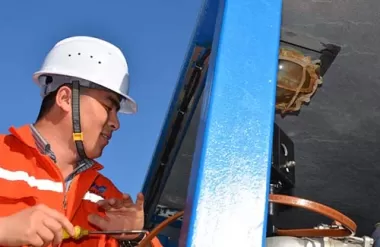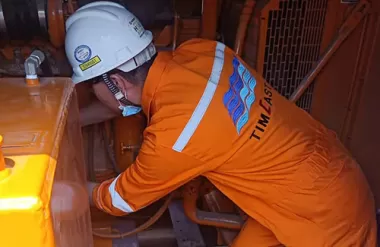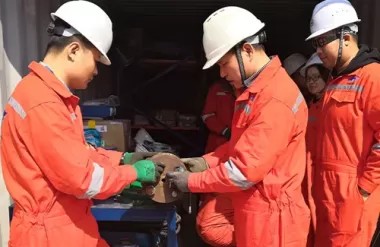Jul. 07, 2023
Learn the essential steps to detect and fix leaks in a flange. Ensure your industrial equipment operates efficiently with these tips.
Flanges play a critical role in industrial piping systems, ensuring a secure and leak-free connection between pipes or equipment. However, over time, flanges may develop leaks due to various factors like corrosion, improper installation, or wear and tear. Detecting and fixing leaks promptly is essential to maintain the efficiency and safety of your equipment. In this article, we'll guide you through the steps to check for a leak in a flange and address common questions related to flange leaks.
Begin the leak-checking process by conducting a visual inspection of the flange area. Look for any visible signs of leakage, such as moisture, rust, or discoloration around the flange. These signs might indicate an active leak or one that has occurred in the past.
The bubble test is a simple yet effective way to identify leaks in a flange. Prepare a soap and water solution and apply it generously to the flange and its surrounding area. Observe the area closely for any formation of bubbles. If you notice bubbles appearing, it's a clear indication of a leak in the flange.
Ultrasonic leak detectors are valuable tools that can quickly pinpoint leaks in flanges. These devices detect high-frequency sound waves generated by the escaping fluid, helping you identify the precise location of the leak. Ultrasonic leak detectors are especially useful when dealing with larger industrial setups.
A pressure test is an effective method to check for leaks in flanges. First, close off the flange and seal it entirely. Then, introduce pressurized air or liquid into the system and monitor the pressure gauge for any drop. A significant pressure drop indicates a leak in the flange.
Leak detection sprays are another option to identify flange leaks. Spray the solution on the flange area and observe for any color change. The spray changes color when it comes into contact with the leaking fluid, providing a visual cue for leakage.
Inspect the flange gap thoroughly to ensure there are no irregularities. Gaps that are too large or uneven can lead to leaks. Correct any gap issues to prevent potential leaks from occurring.
Prevention is always better than cure. Establish a routine maintenance schedule to inspect flanges and other industrial equipment regularly. Timely detection of potential issues can save you from costly repairs and downtime caused by unexpected leaks.
Flange leaks can be caused by various factors, including corrosion, improper gasket installation, high pressure, temperature fluctuations, and mechanical damage.
Yes, a soap and water solution is commonly used for the bubble test as it is easily accessible and effective in detecting leaks.
While the cost of ultrasonic leak detectors may vary, there are affordable options available that provide accurate results for flange leak detection.
Regular inspections are recommended, depending on the intensity of usage and the operating conditions. Quarterly inspections are common, but high-stress environments may require more frequent checks.
Fixing a flange leak requires technical knowledge and expertise. It's best to rely on trained professionals to ensure proper repairs and prevent any further damage.
In conclusion, checking for leaks in flanges is a crucial aspect of maintaining industrial equipment. By following the steps outlined in this guide and conducting regular inspections, you can detect leaks early on and take appropriate measures to address them promptly. Remember, a proactive approach to flange leak detection can save you from potential disasters and help your operations run smoothly.
Dec. 12, 2023
The Basics of Electric Heat Trace Technology In the world of industrial processes and temperature control, Electric Heat Trace (EHT) technology plays a crucial role.Nov. 23, 2023
Performing a Leak Test: Step-by-Step Guide A leak test is a crucial procedure to ensure the integrity of a system and identify potential leaks in pipes, joints, or containers.Nov. 08, 2023
Main Steps of a Flange Management Procedure Flange management is a critical aspect of maintaining the integrity and reliability of piping systems in various industries.

